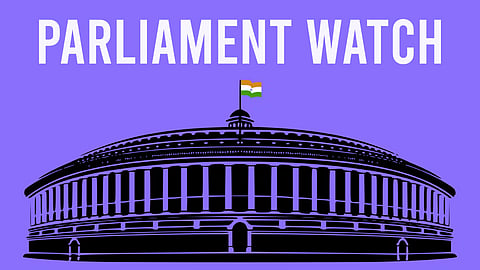
- News
- Columns
- Interviews
- Law Firms
- Apprentice Lawyer
- Legal Jobs
- हिंदी
- ಕನ್ನಡ

The 2022 Winter Session of Parliament on Friday saw replies to questions on women representation in judiciary, government expenditure on engaging counsel and implementation of regional languages in courts.